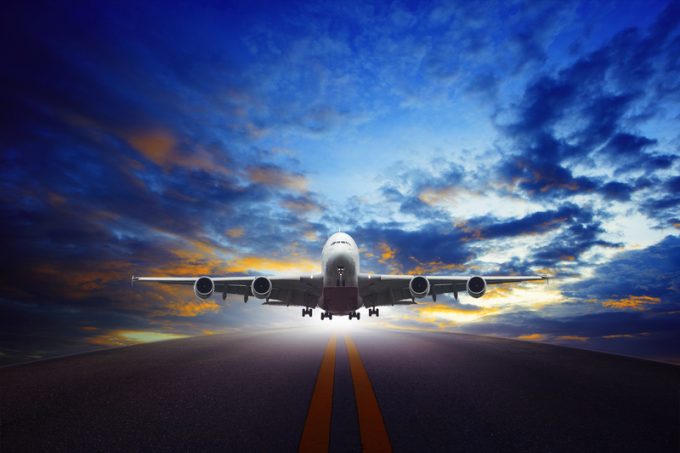Race to get goods out of Asia to the US by air as July deadlines loom
Demand may have plummeted on ocean transpacific lanes, but there is still just about time ...

2019 is not going to go down in history as a year anyone in air freight will particularly want to remember.
It started with some optimism – IATA forecasting 3.7% growth; although after a flat November 2018, it did acknowledge that “downside risks are mounting”.
The optimism didn’t ...

Comment on this article